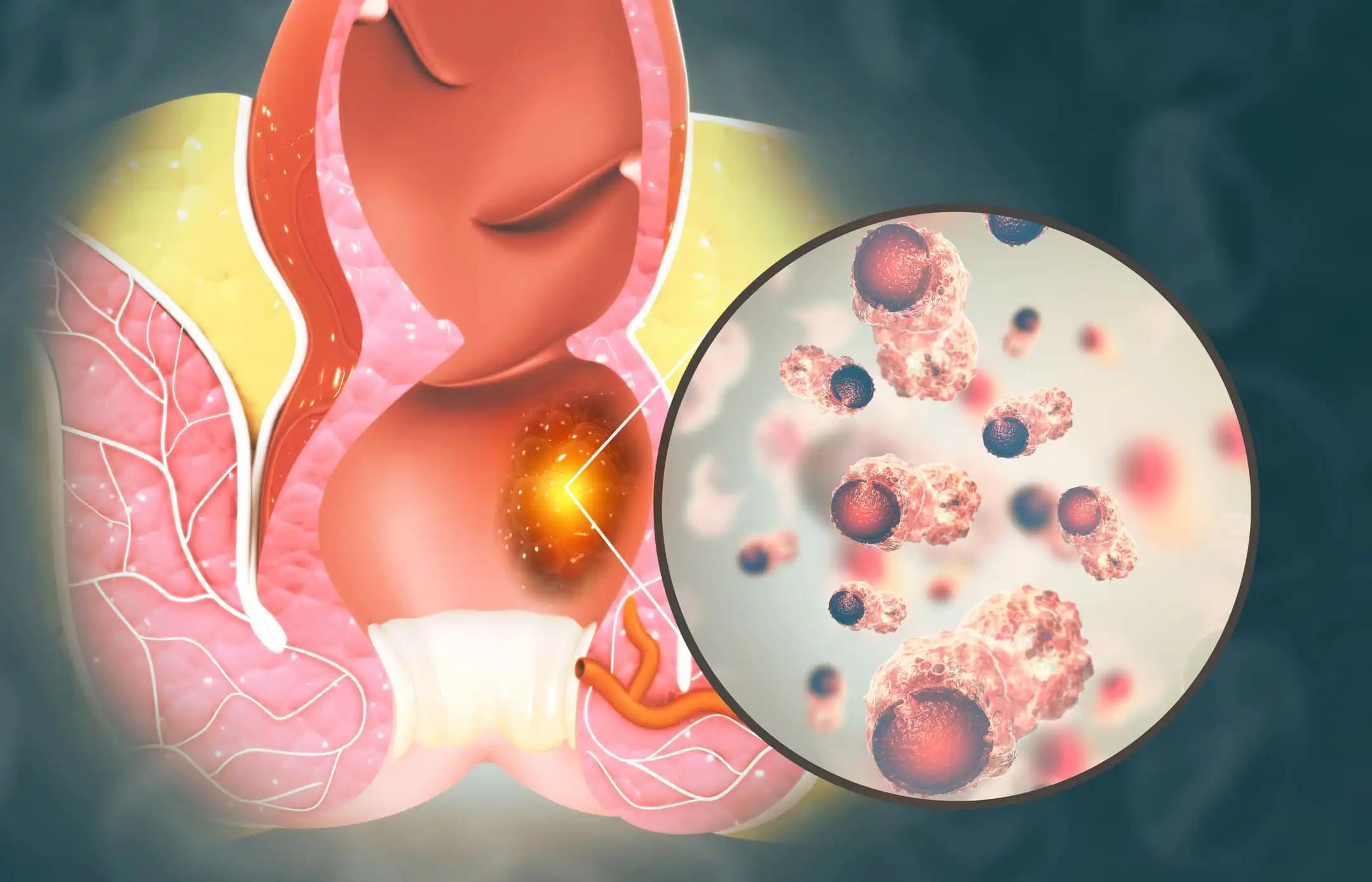KEY TAKEAWAYS
- The study aimed to investigate the anticancer properties of the AECIR on HepG2 cells.
- Researchers concluded that the antioxidant and antiproliferative effects of AECIR are linked to its polyphenol content, establishing a scientific foundation for its anti-cancer potential.
Clerodendrum infortunatum L. has been a staple in traditional medicine for treating tumors, cancer, and certain skin ailments. Imali Ranatunge and her team, aimed to scientifically validate the anticancer properties of the aqueous extract of C. infortunatum L. root (AECIR). Their focus was on activating the apoptotic pathway in hepatocellular carcinoma (HepG2) cells. Additionally, the research delved into understanding the contribution of polyphenols in the extract to antioxidant activity and cell cytotoxicity.
Researchers performed an inclusive analysis, boiling powdered plant material at 100°C to obtain the AECIR. Antioxidant potential was assessed using the DPPH assay. The impact of AECIR on HepG2 and normal rat fibroblast (CC1) cell growth was determined through the MTT assay. Morphological changes associated with the apoptotic pathway were examined using Ethidium Bromide/Acridine Orange (EB/AO), Rhodamine 123 (Rh123), and DNA fragmentation assay.
The antioxidant potential, AECIR displayed an EC50 of 350.2 ± 1.5 μg/mL in the DPPH assay. Scavenging activity against HO•, H2O2, and •NO free radicals was noted with EC50 values of 19.7 ± 2.3 μg/mL, 11.7 ± 0.1 μg/mL, and 273.1 ± 0.9 μg/mL, respectively. The antiproliferative effect on HepG2 cells was observed in a time and dose-dependent manner, revealing an EC50 of 239.1 ± 1.3 μg/mL, while CC1 cells exhibited a nontoxic effect with an EC50 of 1062.7 ± 3.4 μg/mL after 24 hours of treatment. Removal of polyphenols from AECIR resulted in a significant decrease in antioxidant activity (P<0.001), and 90% HepG2 cell viability was observed compared to the polyphenol-present AECIR. Results from EB/AO uptake, depletion of mitochondrial transmembrane potential, and DNA fragmentation assays collectively indicated the induction of apoptosis by AECIR.
The study concluded that the antioxidant potential and antiproliferative activity of AECIR are attributed to its polyphenol content, establishing a robust scientific foundation for its anti-cancer potential.
The study was sponsored by World Class University Research and the funds provided by the Department of Biochemistry & Molecular Biology, Faculty of Medicine, University of Colombo, Sri Lanka.
Source: https://pubmed.ncbi.nlm.nih.gov/38285803
Ranatunge I, Soysa P. et al (2024). “Polyphenol Mediated Suppression of Hepatocellular Carcinoma (HepG2) Cell Proliferation by Clerodendrum infortunatum L. Root. Asian Pac J Cancer Prev.” 2024 Jan 1;25(1):351-363. doi: 10.31557/APJCP.2024.25.1.351. PMID: 38285803.



